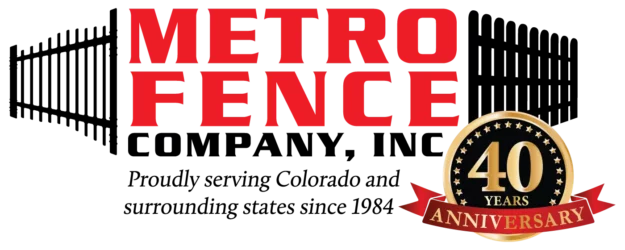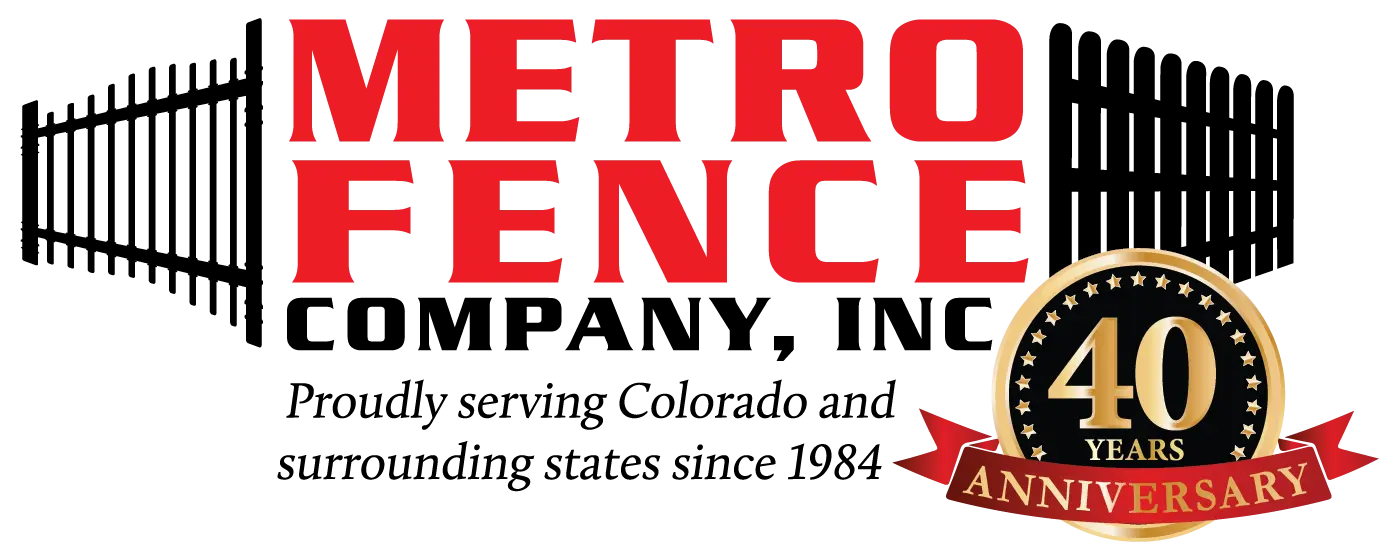Many properties’ fences are an essential and necessary component. They offer children and animals solitude, protection, and safety. They can simultaneously improve landscaping and curb appeal. Wood and vinyl are two of the most prevalent and widely used fence materials available today, among the many others. We’ll break down their differences below so you can choose the best Thornton fencing option for your house with more knowledge.

Because they don’t need painting or upkeep, won’t chip or fade in the sun, or are termite resistant, vinyl fences, which are more recent, are growing in popularity. Although there are fewer color and style choices, there are still enough variations on the market to let you select one that complements your home. Vinyl fences are also simpler to install, so you won’t be paying as much in labor costs. This is because vinyl fences frequently lock together with invisible screws, requiring little equipment, but wood fences frequently require cutting, fitting, and nailing on site.
Due to the fact that vinyl fences are made of a plastic material, they are resistant to rotting, peeling, and decomposition. Vinyl doesn’t deteriorate in color over time like a wooden fence would, and the only upkeep required is the potential need for an occasional cleaning to remove accumulated debris. Since vinyl fences don’t require yearly upkeep, they can last decades longer than wooden fences.




